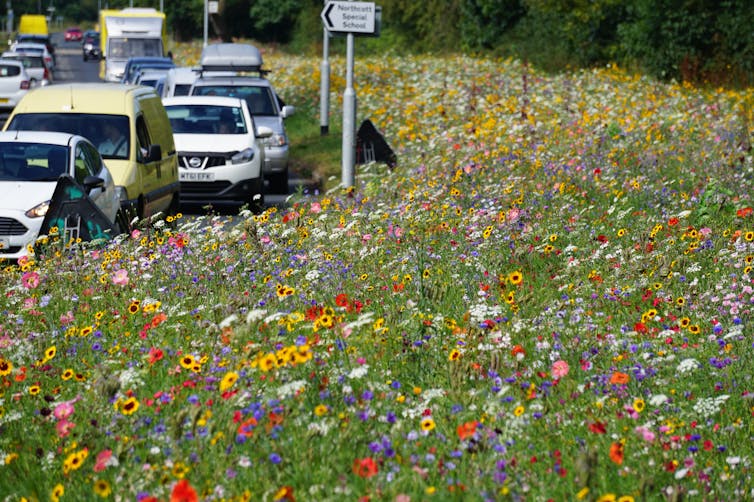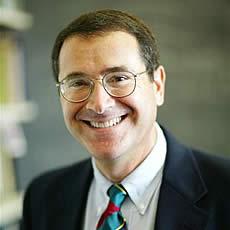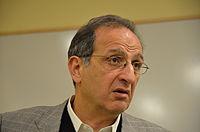New Book by Will Kemp, Artist and Teacher Extraordinaire
Still Life Acrylic Project Book, with three simple painting projects, will get anyone who ever wanted to hold a paint brush not only started, but confident. The book is available online for only £12.99 or at the bargain price of £9.99 if you buy it before November 14, 2018.
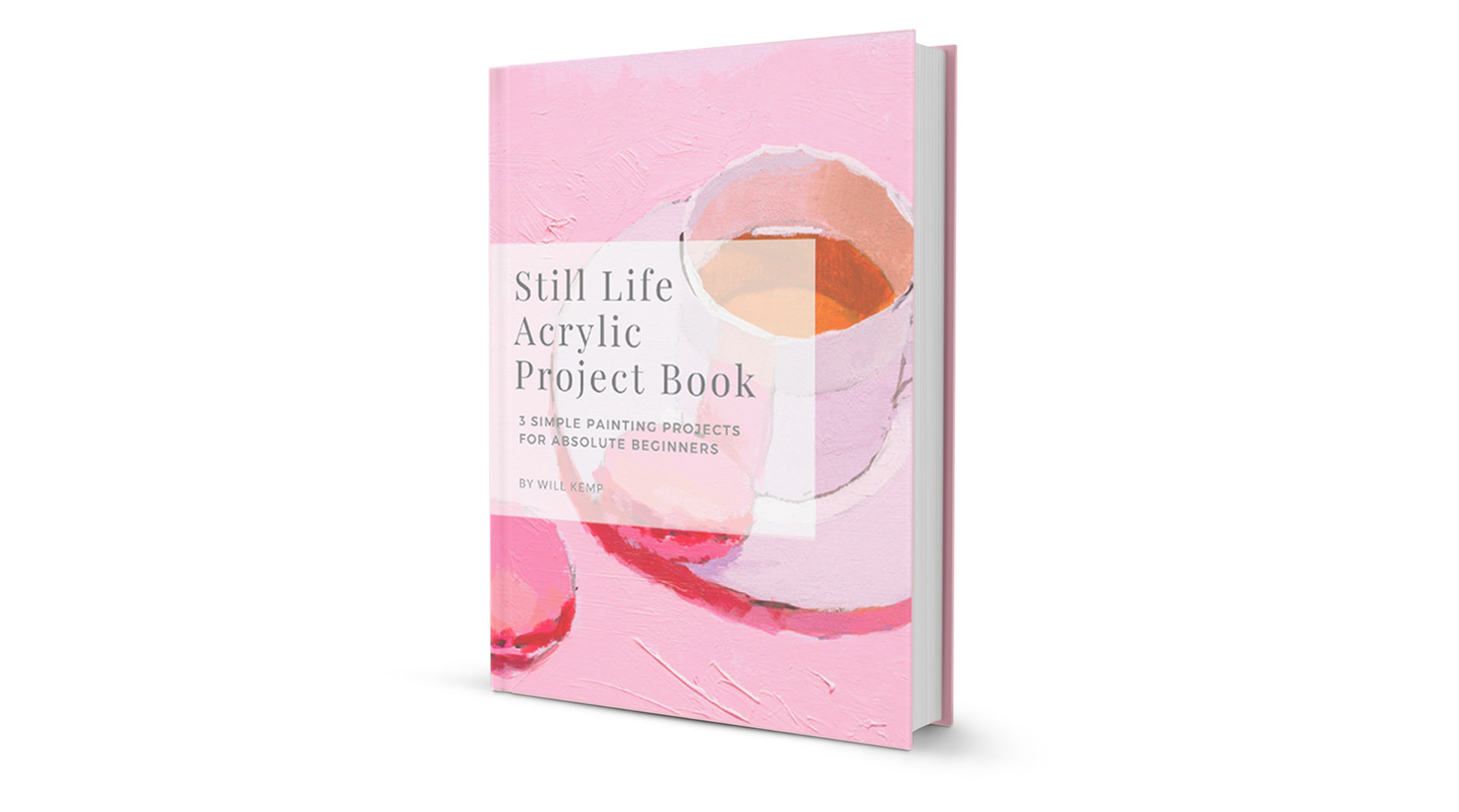
Here’s the link: https://willkempartschool.com/product/still-life-acrylic-project-e-book/
I am here to sing Will Kemp’s praises and review this new e-book because I have been studying with Will since January 2016, long distance but close in heart—Will lives in Britain and I live in the States.
I had never painted before or even taken an art class—well, there was that one at the Smithsonian Institution’s Campus-on-the-Mall where I came out feeling like a total dunce and decided not to give up but was in a total muddle. This book will get you out of such a muddle and get you started. It is so good that I recommend it for artists who know what they are doing but want to understand acrylics better.

With Will as your teacher, you will never feel stupid or that you shouldn’t try. Very simply, Will Kemp has been a gift in my life.
First, a bit of his bio: Will Kemp was awarded a Queen Elizabeth Craft Scholarship to study Classical Portraiture in Florence, Italy. He’s designed art curriculums for schools, developed interactive learning resources with the National Gallery, London, and taught students from all different starting points the principles of how drawing and painting work.
Most of his teaching can be found online—the way I found him—at this YouTube link: https://www.youtube.com/user/willkempartschool where he has nearly 170,000 subscribers— and for good reason—and where he actually replies to comments (when does he have time?) and helps his students: He cheers you on, gives you hope and teaches the basics and more, much more.
Many of his beginning courses are free: I started with his demonstration of a cherry and then his apple. Below is the second painting I ever painted. These are step-by-step YouTube videos with a remarkable mentor and guide. My apple is no masterpiece but it made me believe I could pick up a brush again and that investing in the best paints, a palette knife, two or three good brushes was worth it. Good, rather than student grade in brushes and paints, matters for your sense of success and Will explains why. He’s right. I’ve tried both.
Here is my second painting done on a canvas board:
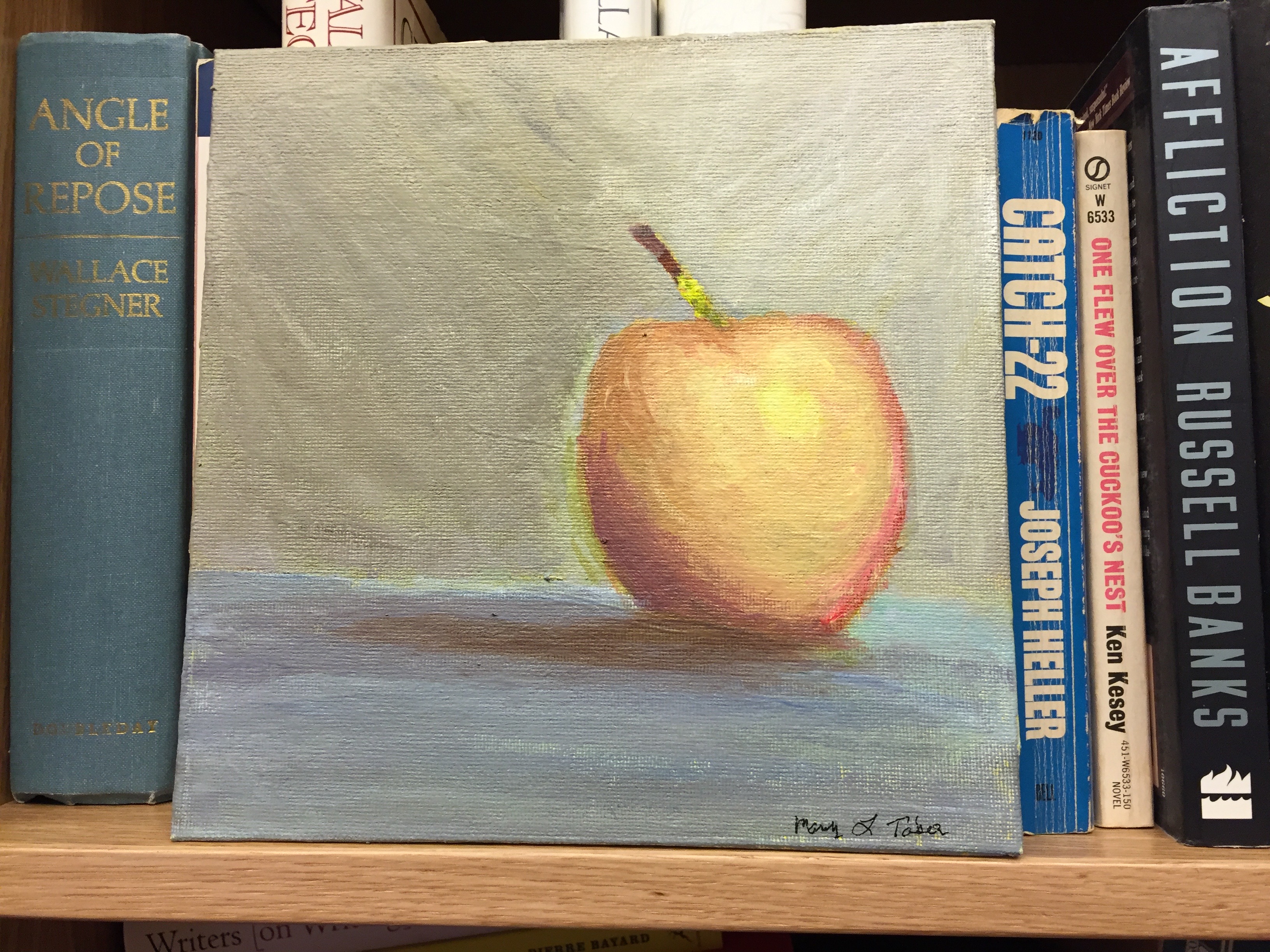
After doing only two of these, I eventually bought every video course Will has offered. All of them are super affordable and well-worth every single cent. I will explain.
The new e-book is a super inexpensive way to begin because he lists very few inexpensive though good quality tools. He explains basics, such as how to load a palette knife with just the right amount of paint for the effect you want to achieve when mixing your color. You use a disposable tear-off palette that makes clean-up quick and easy, and he uses only seven paints in this book. You can even do your painting on an MDF board, but I’ve found that investing in a small pre-primed canvas gave me better results and allowed me to fix mistakes—yeah, a lot of them—more easily.
The key gifts of this e-book are his simple, easy to understand explanations of shadows and how light falls, of how to create three-dimensional objects in your still life. He explains color intensity: what that means and how to mix paints that don’t turn into mud, but instead glow before your beginner’s eye. Will provides step-by-step photos that you can print from the e-book for the drawings and the various steps in each of the three main lessons. My prediction, for anyone totally new and making that stab at trying to paint, is that you will feel amazed—and brave.
One of his key lessons in this e-book is how and why you should use a colored ground, a solid opaque color, to begin. This is what the masters used in their paintings. Will shows you how to get that first layer of paint onto your canvas and how that basic layer will affect everything else you later add.
He’s also broken the 3-full-color lessons into small sections so that you can do each one in about two hours—even, as he says “if you’ve never painted before.”
The closing lesson is a gorgeous tea cup with French macaroons that graces the cover. Here is Will’s painting from the cover. And you can do this!
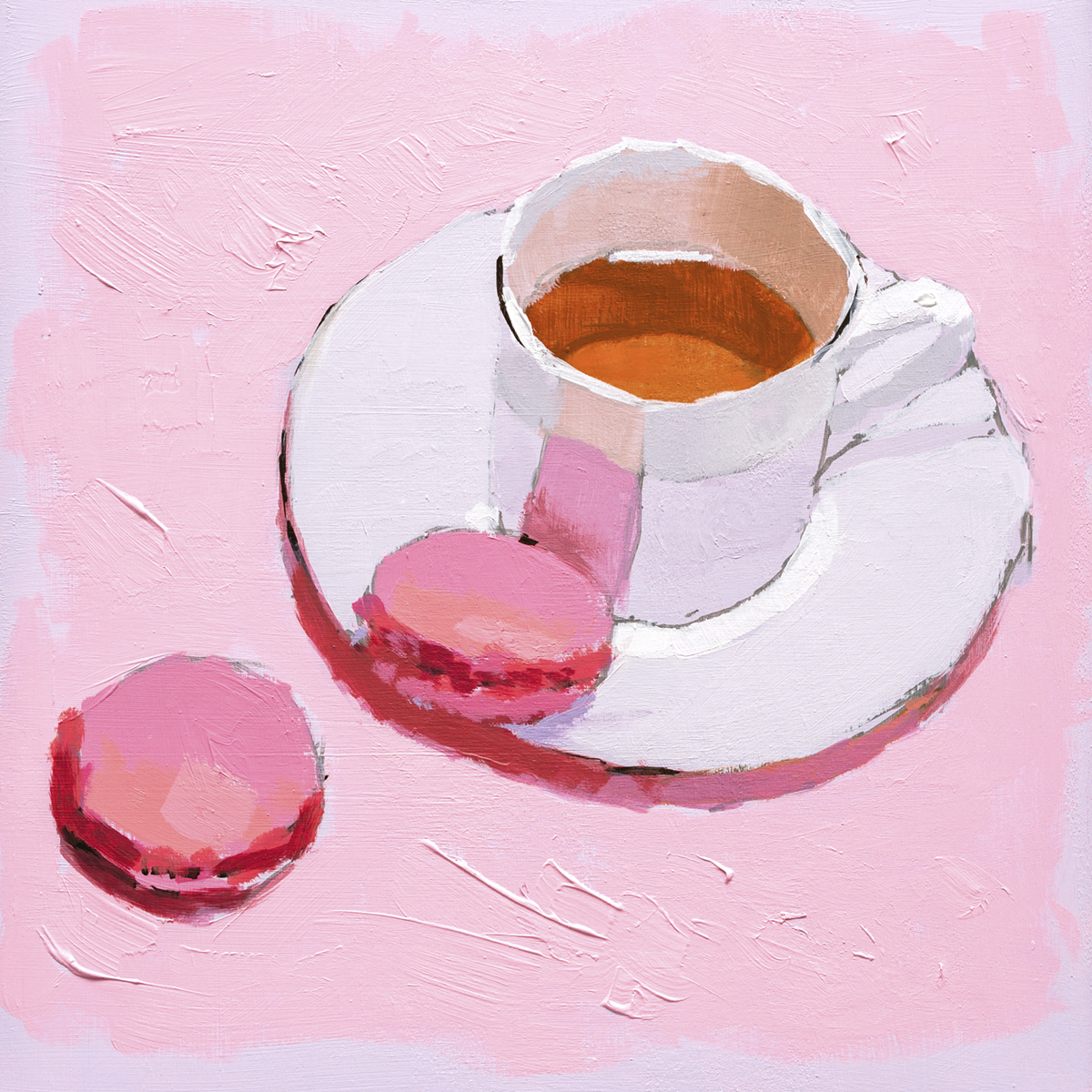
From his basic acrylic color mixing video course, I recently painted his lemons.
Here is Will’s painting that I used as my guide:

And here is mine:

Although Will’s focus is acrylic painting, he is also an expert oil painter and has a course on oil portraits that I learned much from even though I can’t use oils in my confined living space.
He doesn’t teach a full course on watercolor paintings, but in his video Urban Sketching Course, he does use watercolors and I learned bunches. I was able to paint a series of some eighteen letters to my granddaughter while she was experiencing her first overnight camp experience for two weeks when she was only eight years old. No, I didn’t use watercolor paper and, yes, I did imitate a gorgeous children’s book This Is a Poem That Heals Fish by Jean-Pierre Siméon, illustrated by Olivier Tallec. In each letter, I repeated the story and painted a small watercolor on my stationary. Here’s one example:

And now, I’m exploring watercolor painting, on my own, though praying for a Will Kemp course.
I close here with a small success story that I owe almost 100 percent to Will Kemp. In his video course entitled Still Life Master Class, I got brave enough to triple the size of his demonstration, to measure out and resize the proportions and to learn how to create reflections. It’s no masterpiece, but it hangs in my kitchen and will grace, with Will Kemp’s permission and I give him credit, the cover of the second edition of my collection of short stories The Woman Who Never Cooked, coming soon.

If you want to experiment with painting, if you want to enrich your life, if you want to make something you never thought you could, begin with Will Kemp’s brand new e-book Still Life Acrylic Project Book. You won’t regret it.
This article is brought to you by the author who owns the copyright to the text.
Should you want to support the author’s creative work you can use the PayPal “Donate” button below.
Your donation is a transaction between you and the author. The proceeds go directly to the author’s PayPal account in full less PayPal’s commission.
Facts & Arts neither receives information about you, nor of your donation, nor does Facts & Arts receive a commission.
Facts & Arts does not pay the author, nor takes paid by the author, for the posting of the author's material on Facts & Arts. Facts & Arts finances its operations by selling advertising space.






